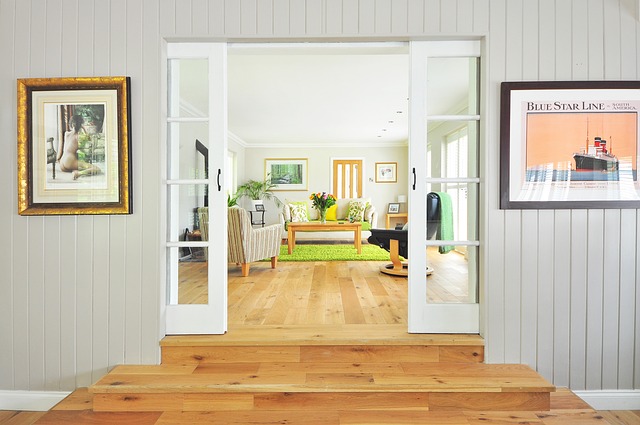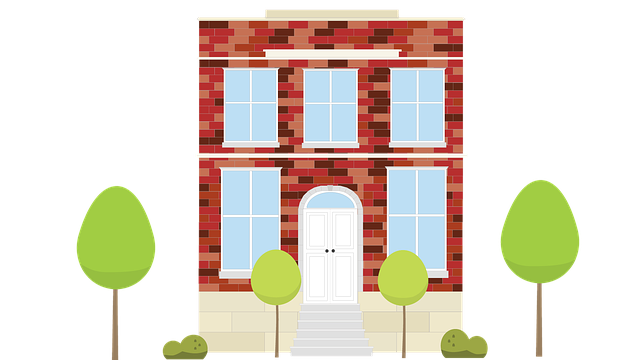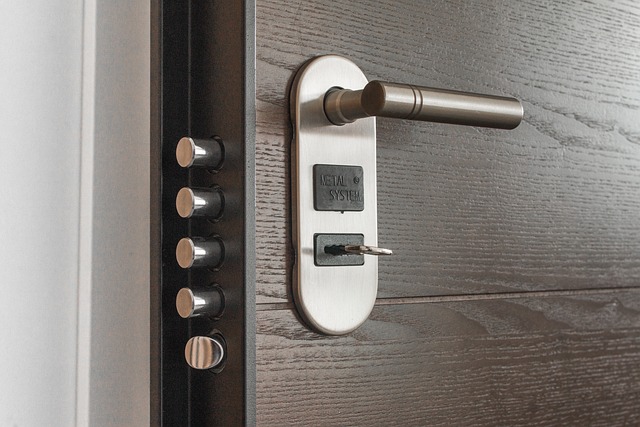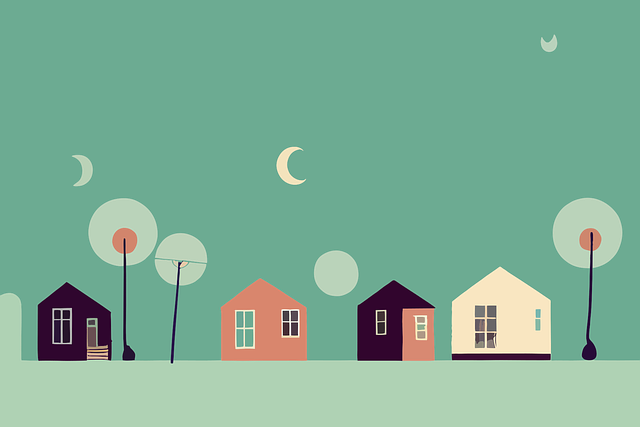Modern senior home safety systems have evolved significantly, leveraging technology to enhance the protection and wellbeing of the elderly. These advanced monitoring platforms offer customizable features that allow family members to remotely monitor their loved ones' welfare with confidence. A key feature is medical alert systems for seniors, which include fall detection capabilities to instantly notify emergency services or a designated contact if a fall occurs, potentially preventing injury. The deployment of senior-friendly security cameras and motion sensor lights for seniors ensures safe ambulation and visibility throughout the home. These systems are complemented by robust emergency response systems for the elderly, providing immediate access to professionals skilled in handling senior emergencies. The collective impact of these technologies contributes to a safer and more autonomous life for older adults living independently at home. Smart home safety solutions tailored specifically for the elderly automate various aspects of home management while maintaining safety protocols, supporting their independence and quality of life within familiar surroundings. These advancements in elderly home monitoring are crucial in fostering a secure living environment for seniors.
As the population ages, safeguarding our elders has become a priority. This article delves into the advancements of customizable safety features tailored specifically for seniors. We explore the evolution of senior home safety systems, highlighting the critical role of elderly home monitoring in maintaining their independence and well-being. From comprehensive overviews of medical alert systems for seniors to the integration of fall detection devices and smart home solutions, we cover a spectrum of technologies designed to enhance safety and security within the home environment. Additionally, we examine the implementation of senior-friendly security cameras and motion sensor lights, ensuring elderlies navigate their living spaces safely. Understanding the nuances of emergency response systems for the elderly, we also provide insights into how these systems can be optimized for peak performance. Join us as we uncover the future of elderly home monitoring solutions, where technology meets care with precision and empathy.
- Customizing Senior Home Safety Systems for Enhanced Protection
- The Role of Elderly Home Monitoring in Maintaining Independence
- Medical Alert Systems for Seniors: A Comprehensive Overview
- Implementing Fall Detection Devices and Smart Home Safety Solutions for the Elderly
Customizing Senior Home Safety Systems for Enhanced Protection

In recent years, the advancement of technology has significantly improved senior home safety systems, offering tailored solutions to enhance protection for the elderly. Customizable features within elderly home monitoring platforms allow family members to monitor their loved ones remotely, ensuring peace of mind. These systems often include medical alert systems for seniors, which can detect a fall and immediately alert emergency services or a designated contact if assistance is needed. Furthermore, incorporating fall detection devices as part of these systems can be life-saving, as they promptly notify caregivers or responders when a senior has fallen, reducing the risk of prolonged immobility or injury.
Smart home safety for the elderly extends beyond traditional monitoring; it encompasses senior-friendly security cameras that blend functionality with simplicity. These cameras are designed to be easily operated and provide clear visuals for real-time monitoring. Motion sensor lights for seniors also play a crucial role in ensuring safe navigation around the home at all times, automatically illuminating paths and reducing the likelihood of trips and falls. Complementing these technologies, emergency response systems for the elderly are indispensable, offering immediate communication capabilities with professionals trained to handle senior-specific emergencies, thereby providing comprehensive protection and support within the comfort of their own homes.
The Role of Elderly Home Monitoring in Maintaining Independence

Medical Alert Systems for Seniors: A Comprehensive Overview

In recent years, the integration of technology into senior home safety systems has significantly enhanced the capabilities of elderly home monitoring solutions. Medical alert systems for seniors now often incorporate fall detection devices that can automatically alert emergency services if a fall is detected and the wearer is immobile. These advanced systems not only provide a direct communication link to medical professionals but also offer two-way voice functionality, allowing for immediate assistance without the need for the senior to manually dial for help. Additionally, the combination of these systems with smart home safety features such as motion sensor lights for seniors ensures that homes are well-lit and secure, reducing the risk of tripping or falling in dimly lit areas.
Moreover, the evolution of emergency response systems for the elderly has led to the development of senior-friendly security cameras that can discreetly monitor a senior’s home environment without being intrusive. These cameras can be integrated with user-friendly interfaces and voice commands, enabling seniors to manage their home security with ease. Smart home safety solutions tailored for the elderly also include automated systems that control lighting, temperature, and even appliances, catering to individual preferences while maintaining safety protocols. By adopting these technologies, seniors can maintain their independence in the comfort of their own homes, with added assurance that help is readily available should they need it.
Implementing Fall Detection Devices and Smart Home Safety Solutions for the Elderly

Customizable safety features are increasingly important for ensuring the well-being of seniors in their homes. Senior home safety systems, such as medical alert systems for seniors, provide a direct link to emergency response services at the press of a button, offering peace of mind to both the elderly and their loved ones. Fall detection devices are integral within these systems, capable of automatically detecting a fall and summoning assistance even if the individual is unable to do so themselves. These advanced technologies not only react to a fall but also continuously monitor for unusual activity, ensuring that help is on the way when needed.
In addition to fall detection, smart home safety solutions for the elderly encompass a broader range of functionalities tailored to senior-friendly living. Eldy home monitoring can be achieved through sophisticated yet simple-to-use senior-friendly security cameras that keep an eye on the home’s interior and exterior. Motion sensor lights for seniors can illuminate pathways, reducing the risk of tripping or stumbling in low-light conditions. These smart solutions are designed to adapt to the unique requirements of elderly individuals, enhancing both safety and independence within their own homes. Moreover, integrating these systems with a centralized platform allows caregivers and family members to monitor the safety and health of seniors remotely, providing an additional layer of support and security.
In conclusion, the integration of customizable safety features tailored to unique senior requirements has significantly enhanced the protection and independence of our aging population. Senior home safety systems can be personalized to address individual vulnerabilities, ensuring a secure living environment. Elderly home monitoring allows seniors to maintain their autonomy while providing peace of mind to loved ones. Medical alert systems for seniors serve as a critical link to emergency response, offering swift assistance in critical situations. The adoption of fall detection devices, along with smart home safety solutions like senior-friendly security cameras and motion sensor lights for seniors, further fortifies the safety net available to the elderly. It is clear that these advancements not only contribute to the well-being of our aging population but also support their desire to age in place with dignity and security.
